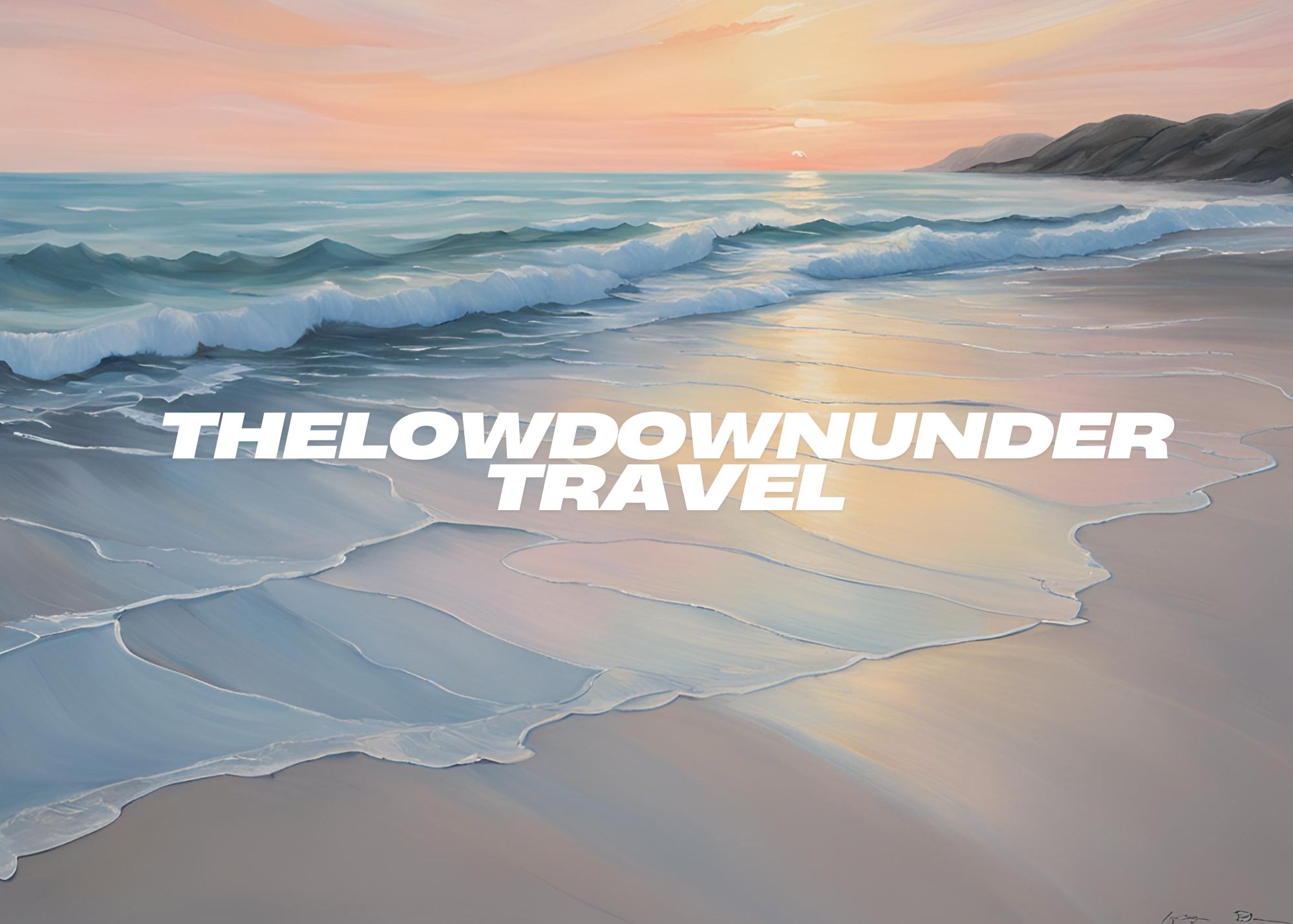Australia, often referred to as “Down Under,” is a vast and diverse country offering a multitude of travel experiences. From bustling cities to serene natural landscapes, there’s something for every traveler. This guide provides an overview of Australia’s top destinations, cultural insights, and practical travel tips to help you plan your journey.
Major Cities and Urban Attractions
Sydney
Sydney, the capital of New South Wales, is renowned for its iconic landmarks such as the Sydney Opera House and the Sydney Harbour Bridge. Visitors can enjoy the vibrant arts scene, dine at world-class restaurants, and relax on famous beaches like Bondi and Manly.
Melbourne
Known for its rich cultural diversity, Melbourne offers a thriving arts and music scene. The city is famous for its coffee culture, diverse dining options, and numerous festivals. Exploring the laneways adorned with street art and visiting the National Gallery of Victoria are must-do activities.
Brisbane
Brisbane, the capital of Queensland, boasts a warm climate and a laid-back atmosphere. The South Bank Parklands offer lush gardens, eateries, and a man-made beach. The city serves as a gateway to the Gold Coast’s theme parks and the Sunshine Coast’s pristine beaches.
Perth
Located on the western coast, Perth is known for its sunny weather and beautiful beaches. Kings Park provides panoramic views of the city skyline and the Swan River. Fremantle, a nearby port city, offers a blend of maritime history and vibrant markets.
Natural Wonders and Outdoor Activities
Great Barrier Reef
Off the coast of Queensland lies the Great Barrier Reef, the world’s largest coral reef system. Snorkeling and diving here reveal a mesmerizing underwater world teeming with marine life. Cairns and the Whitsunday Islands are popular bases for reef excursions.
Uluru (Ayers Rock)
Situated in the Northern Territory, Uluru is a massive sandstone monolith sacred to the Anangu people. Visitors can take guided walks to learn about its cultural significance and witness the rock’s changing colors at sunrise and sunset.
Kakadu National Park
Also in the Northern Territory, Kakadu National Park encompasses diverse ecosystems, including wetlands, rivers, and sandstone escarpments. The park is rich in Aboriginal cultural sites and offers opportunities for wildlife spotting and exploring ancient rock art.
Tasmania
The island state of Tasmania boasts rugged wilderness and pristine coastlines. Cradle Mountain-Lake St Clair National Park offers hiking trails with breathtaking scenery. The capital city, Hobart, is known for its historic architecture and the bustling Salamanca Market.
Cultural Insights
Indigenous Heritage
Australia is home to the world’s oldest continuous cultures. Engaging with Indigenous experiences, such as guided tours and cultural centers, provides valuable insights into Aboriginal and Torres Strait Islander histories and traditions.
Festivals and Events
Australians celebrate a variety of festivals throughout the year. Notable events include Sydney’s New Year’s Eve fireworks, Melbourne’s International Comedy Festival, and Brisbane’s Riverfire. These events showcase the country’s vibrant arts and community spirit.
Practical Travel Tips
Best Time to Visit
Australia’s climate varies across regions. Generally, spring (September to November) and autumn (March to May) offer pleasant weather nationwide. The northern regions are tropical, with a wet season from November to April and a dry season from May to October. The southern areas experience four distinct seasons.
Transportation
Given Australia’s size, air travel is efficient for covering large distances between cities. Within cities, public transportation options include buses, trains, and trams. Renting a car is ideal for exploring regional areas at your own pace.
Accommodation
Australia offers a range of accommodations, from luxury hotels to budget hostels. Eco-lodges and glamping sites are popular in natural settings, providing comfort while immersing in the environment. Booking in advance is advisable, especially during peak tourist seasons.
Health and Safety
Australia is generally safe for travelers. It’s important to stay hydrated, use sun protection, and be aware of local wildlife. In coastal areas, observe safety signs and swim between the flags on patrolled beaches. Travel insurance is recommended to cover medical expenses and unforeseen events.
Unique Experiences
Wildlife Encounters
Australia’s unique fauna includes kangaroos, koalas, and wombats. Wildlife sanctuaries and national parks offer opportunities to see these animals in their natural habitats. For example, Kangaroo Island in South Australia is a haven for diverse wildlife.
Culinary Adventures
Australian cuisine reflects multicultural influences. Seafood is abundant, with delicacies like barramundi and oysters. Cities host a variety of international restaurants, and local markets offer fresh produce and artisanal products. Wine regions such as the Barossa Valley and Margaret River are renowned for their vineyards and cellar doors.
Adventure Activities
For thrill-seekers, Australia offers activities like surfing, scuba diving, and skydiving. The Great Ocean Road provides scenic drives and opportunities for spotting marine life. Inland, the Blue Mountains and the Grampians offer rock climbing and abseiling adventures.
Sustainable Travel Practices
Travelers are encouraged to minimize their environmental impact by choosing eco-friendly accommodations, reducing waste, and respecting natural habitats. Participating in conservation programs or supporting local communities through responsible tourism enhances the travel experience while preserving Australia’s natural and cultural heritage.
Embarking on a journey through Australia promises diverse experiences, from urban exploration to natural wonders. By understanding the cultural nuances and practical aspects of travel, visitors can fully immerse themselves in all that this remarkable country has
